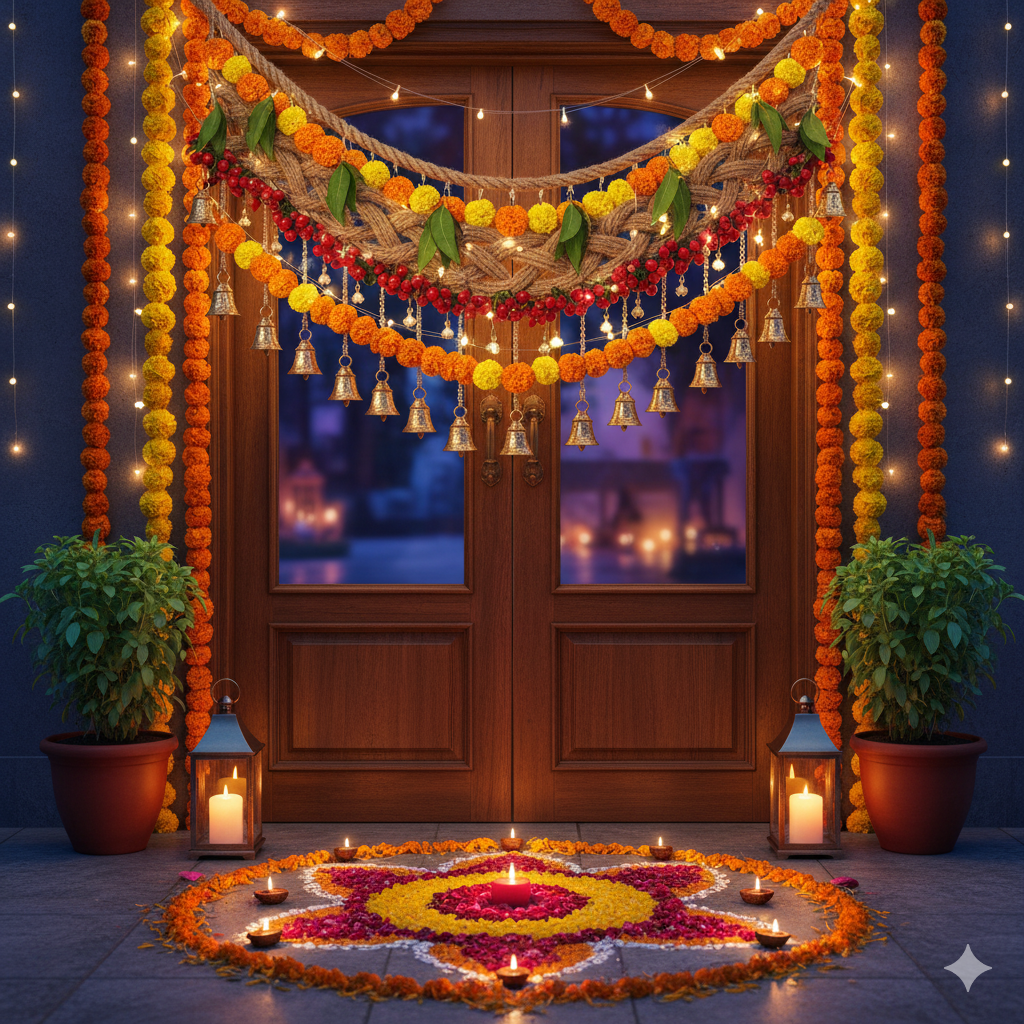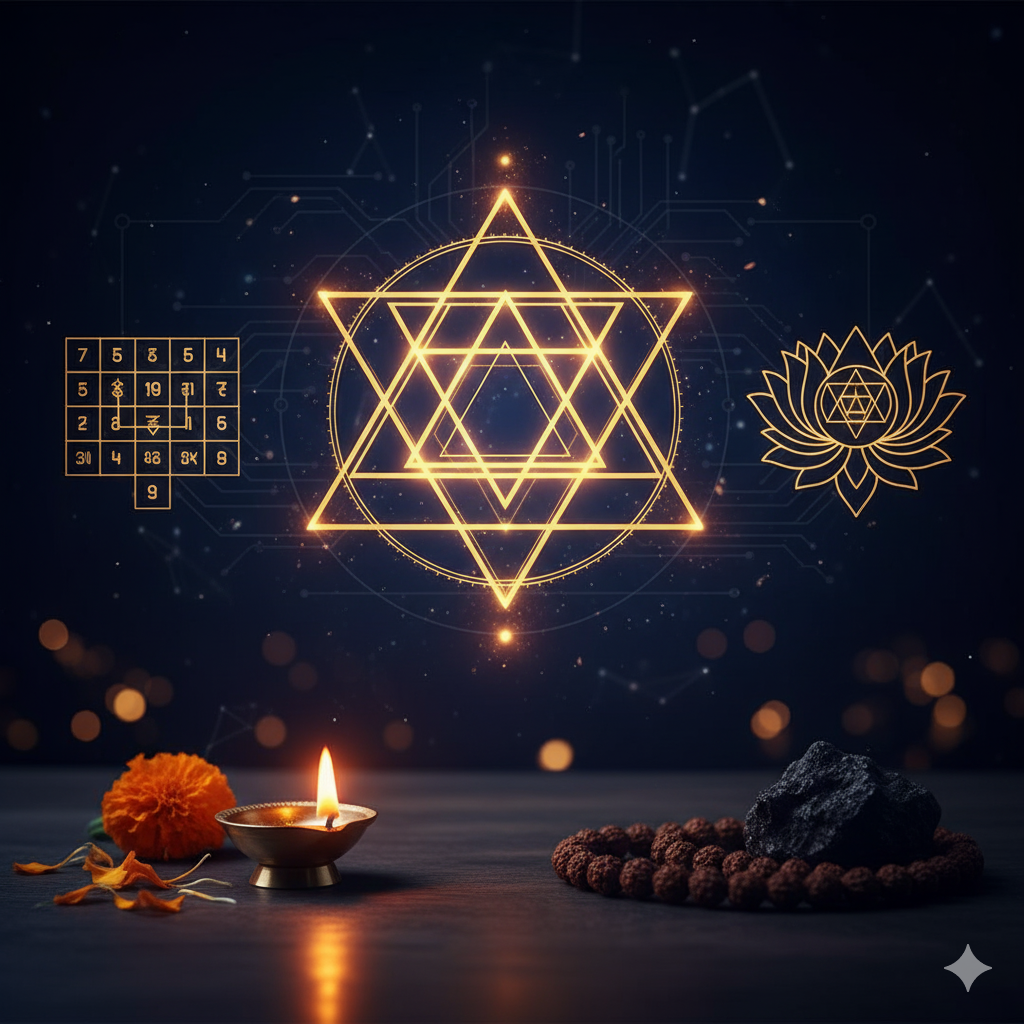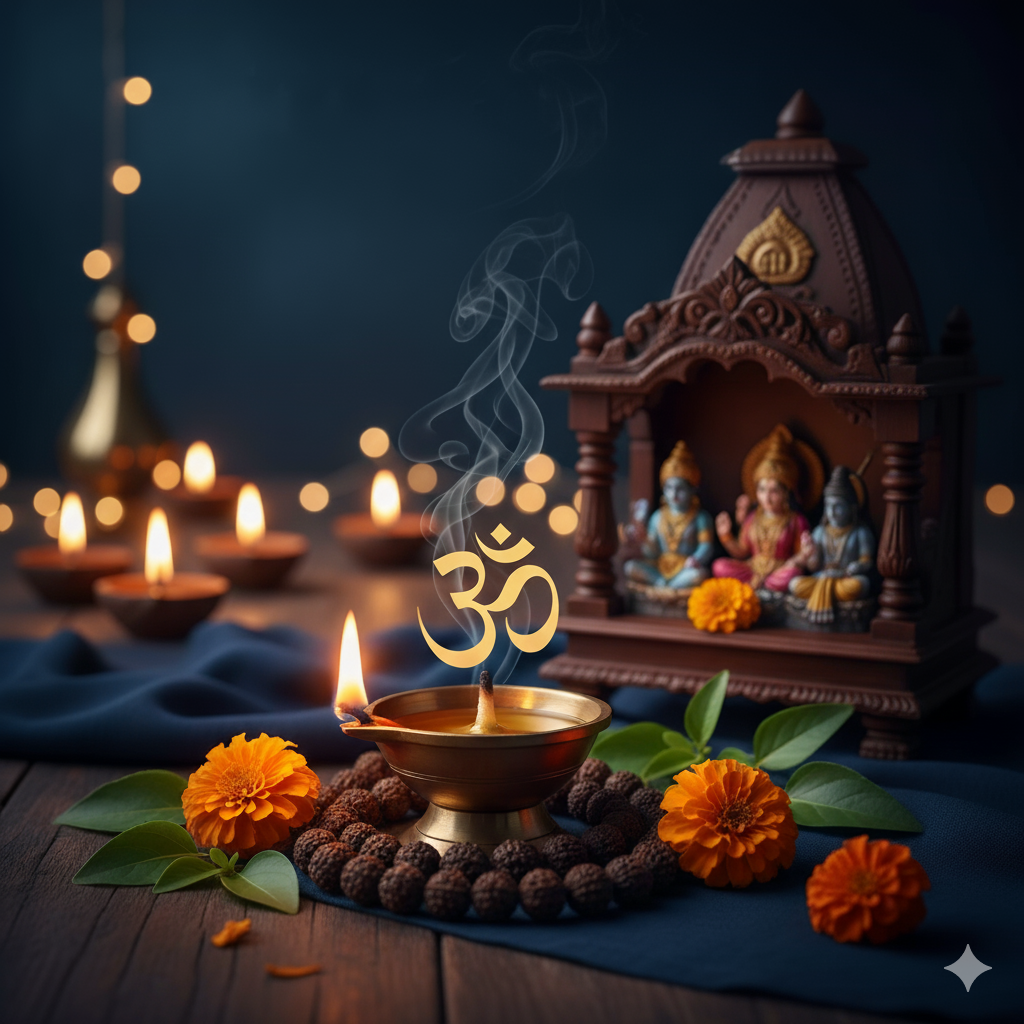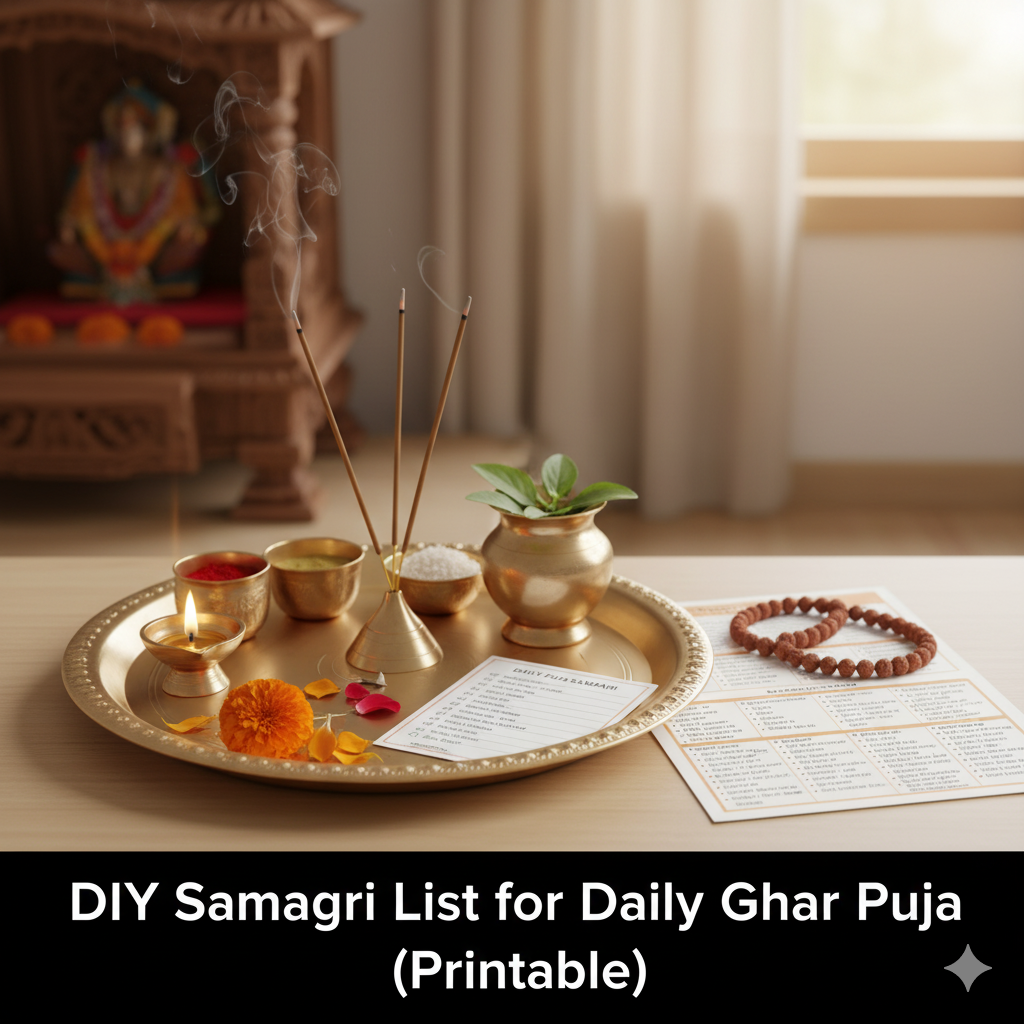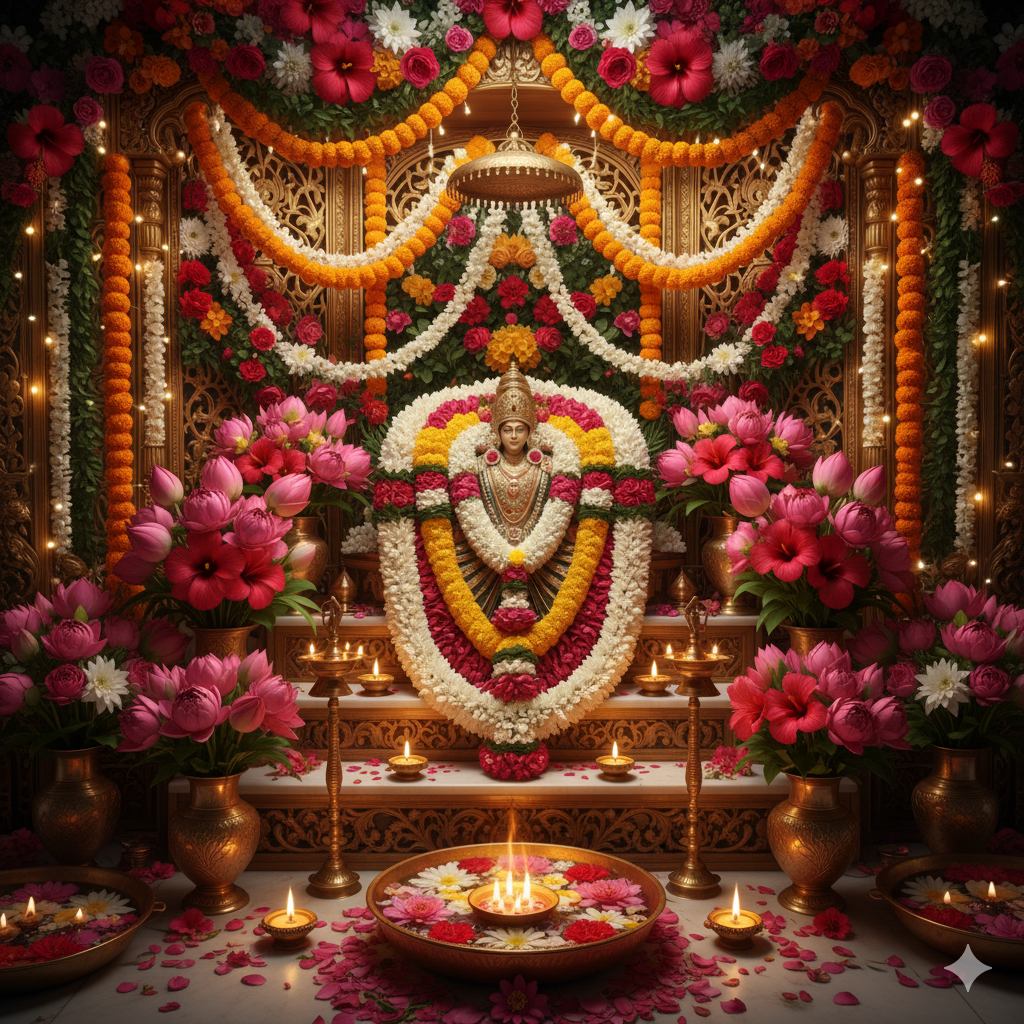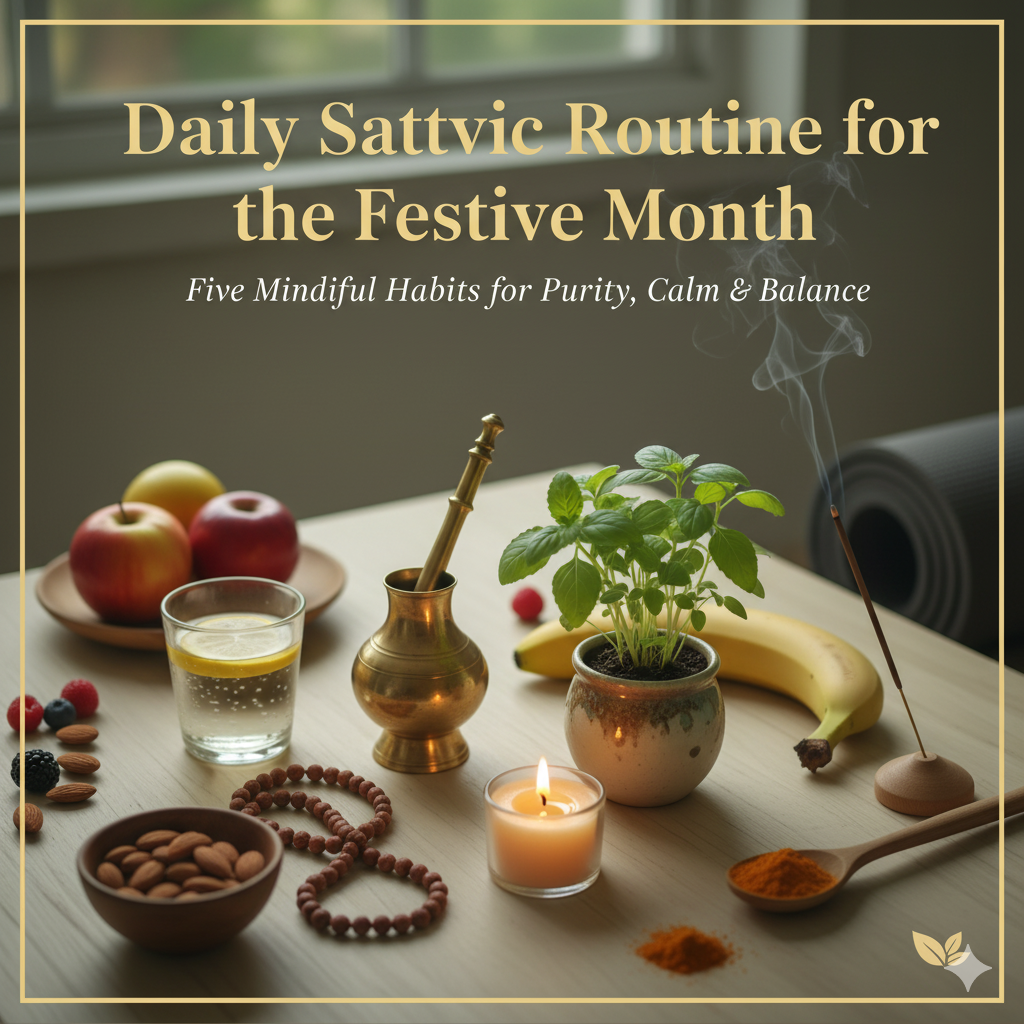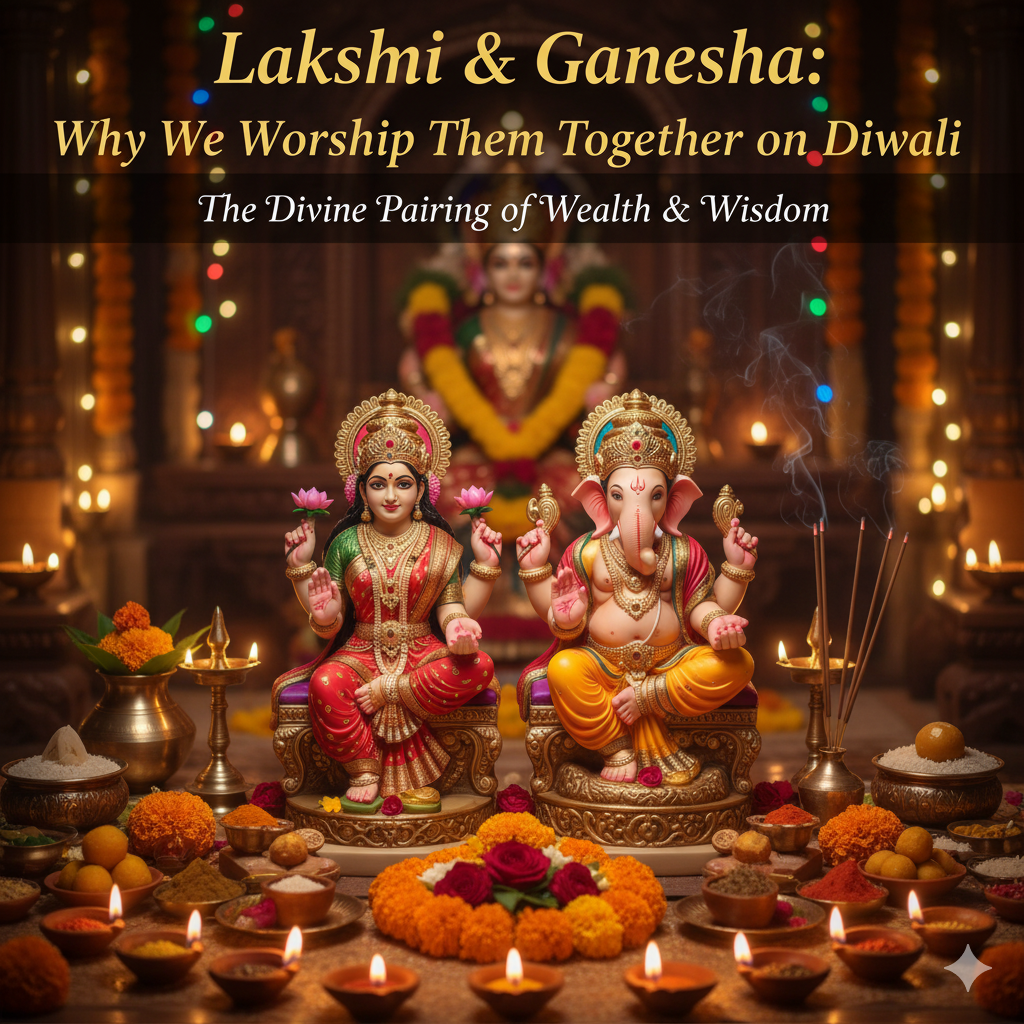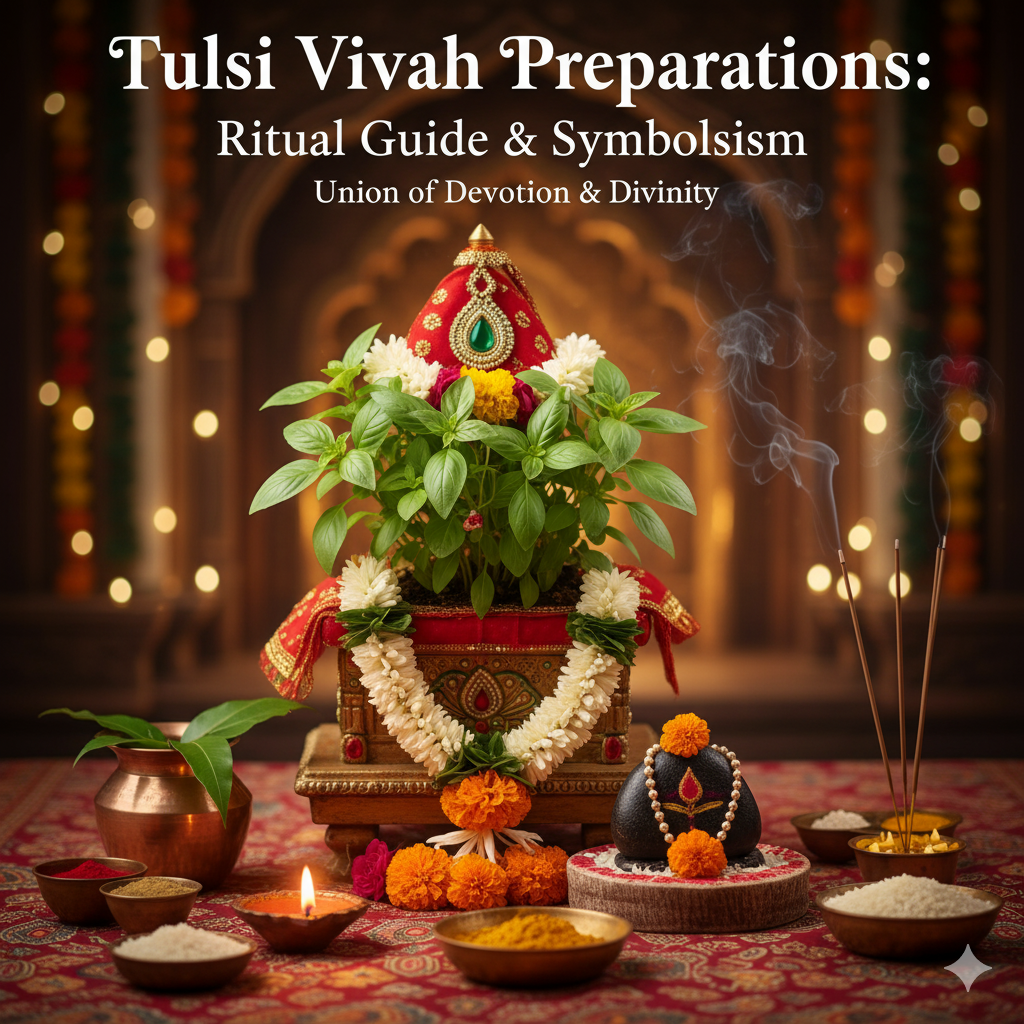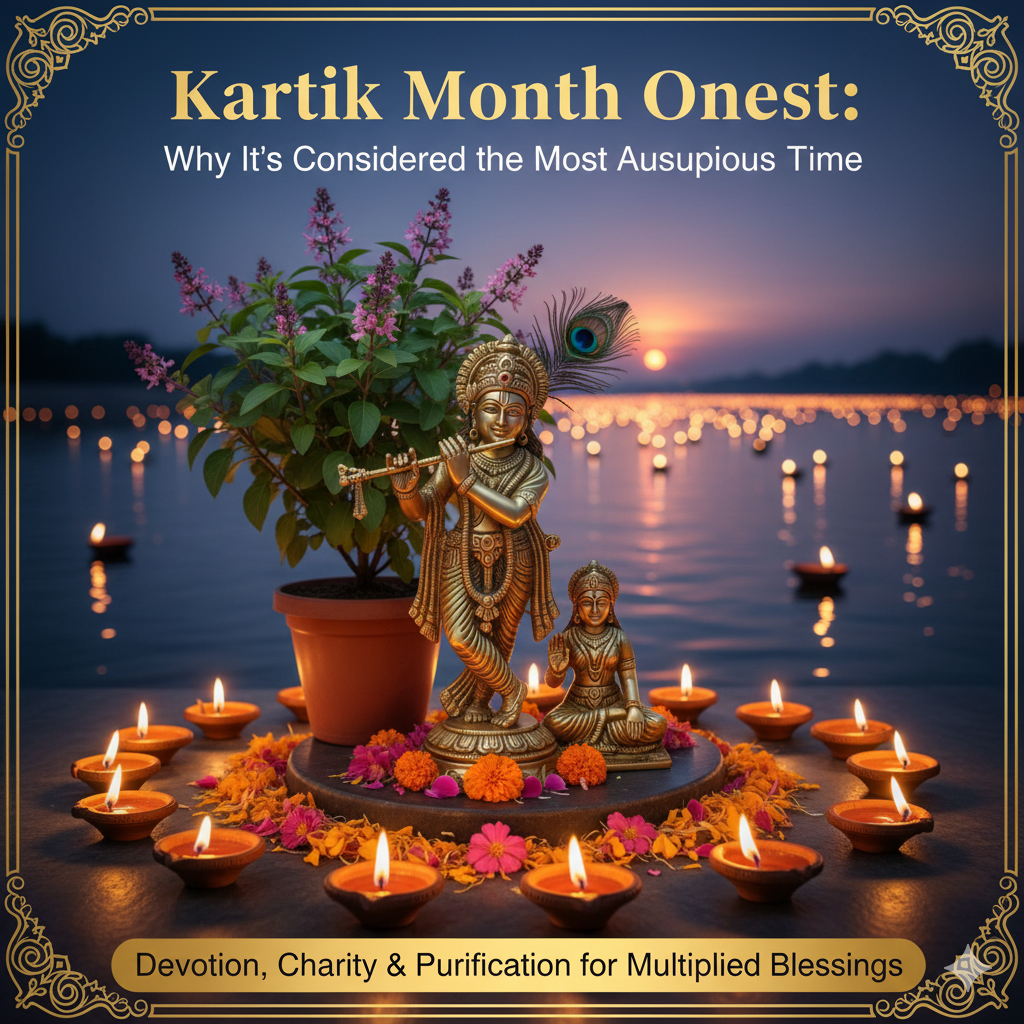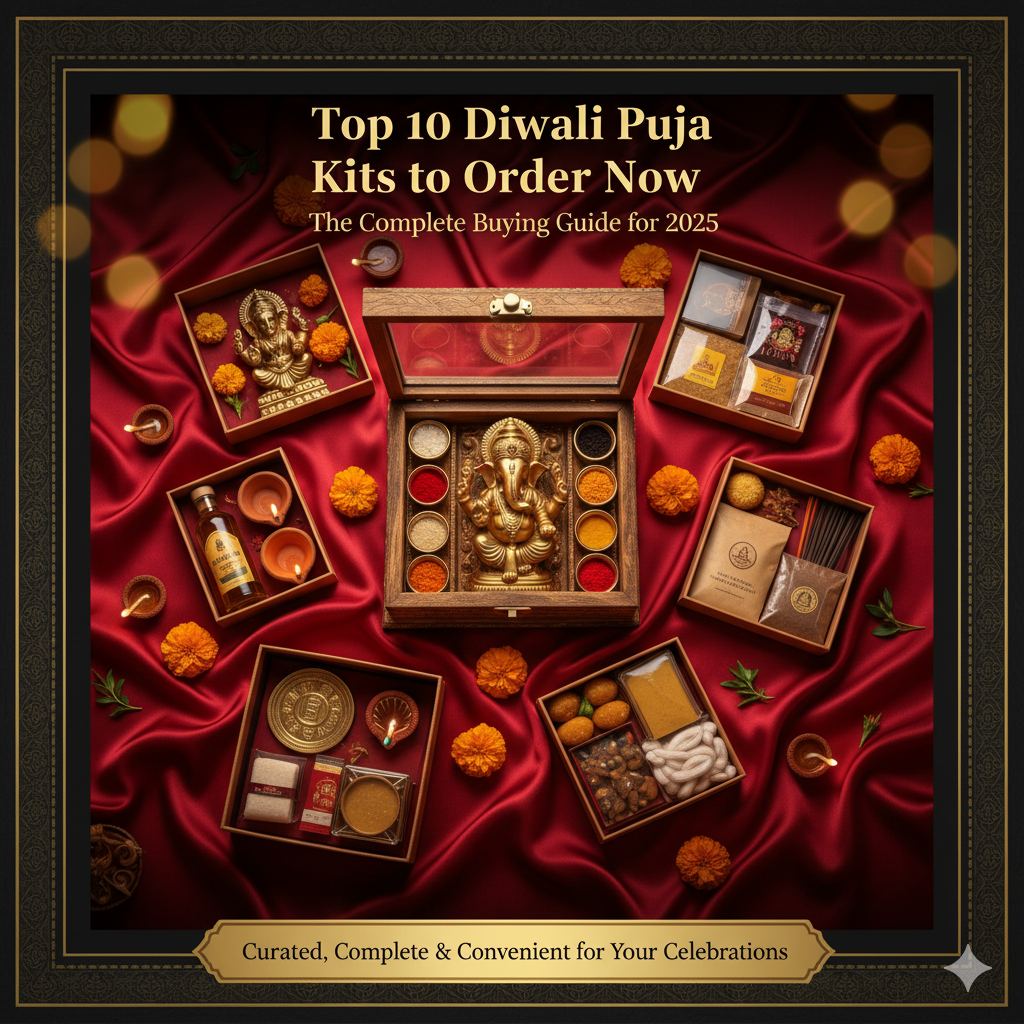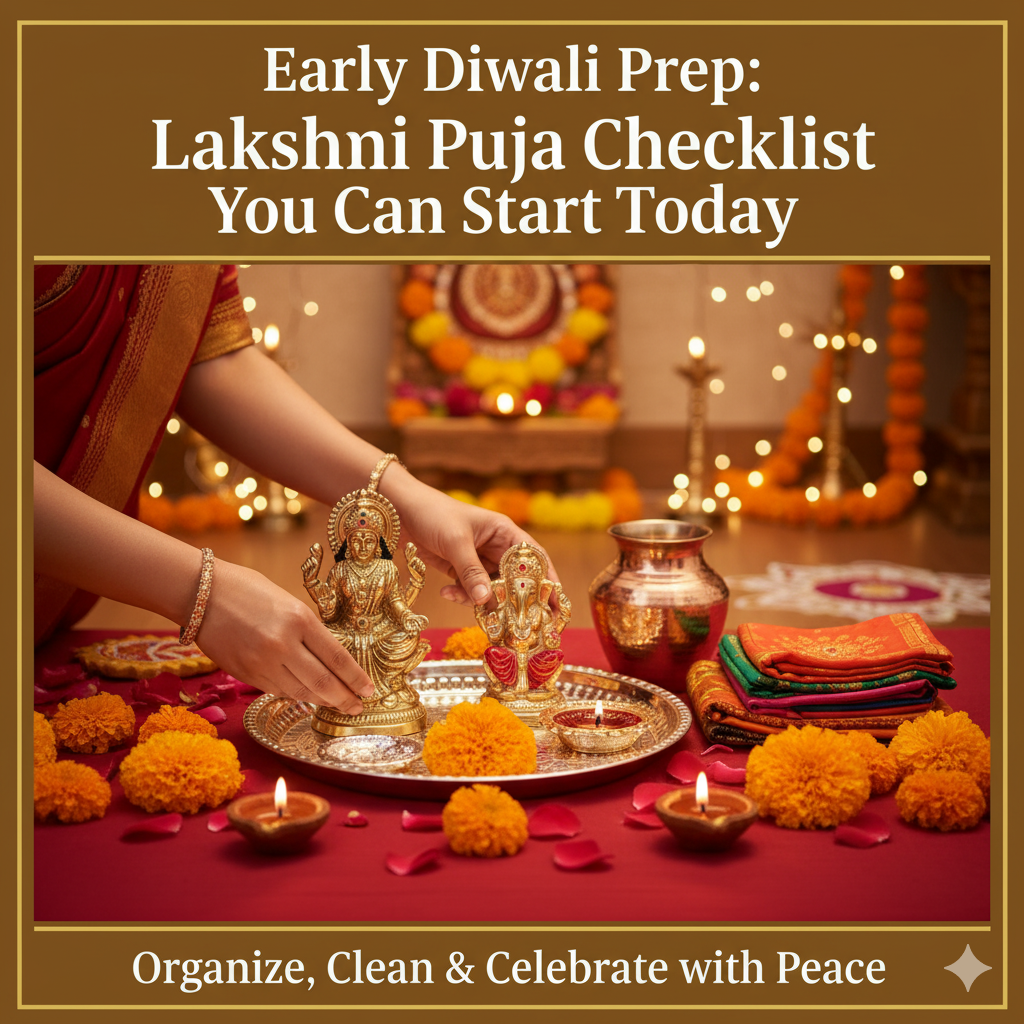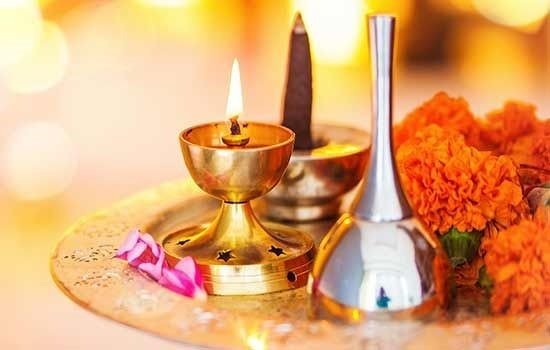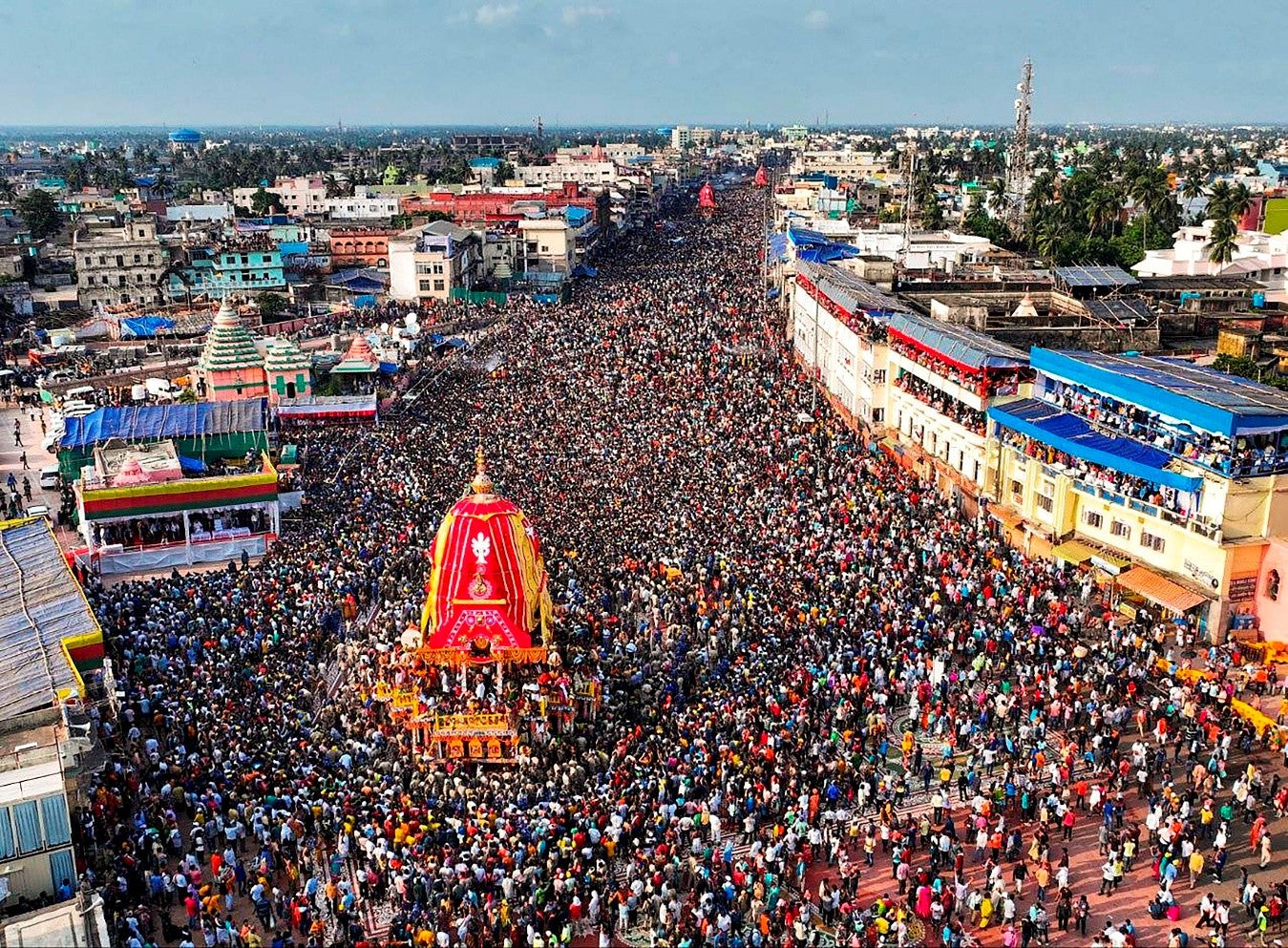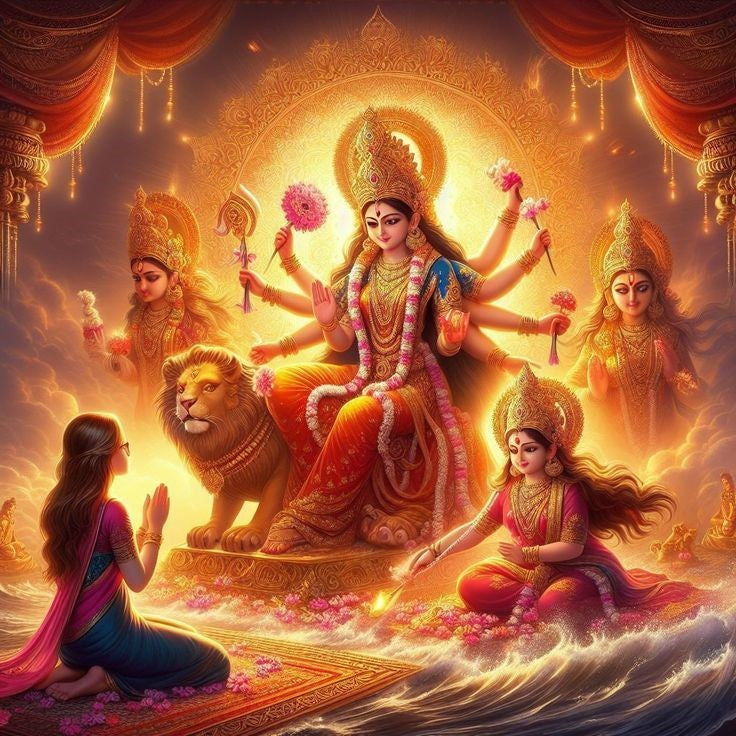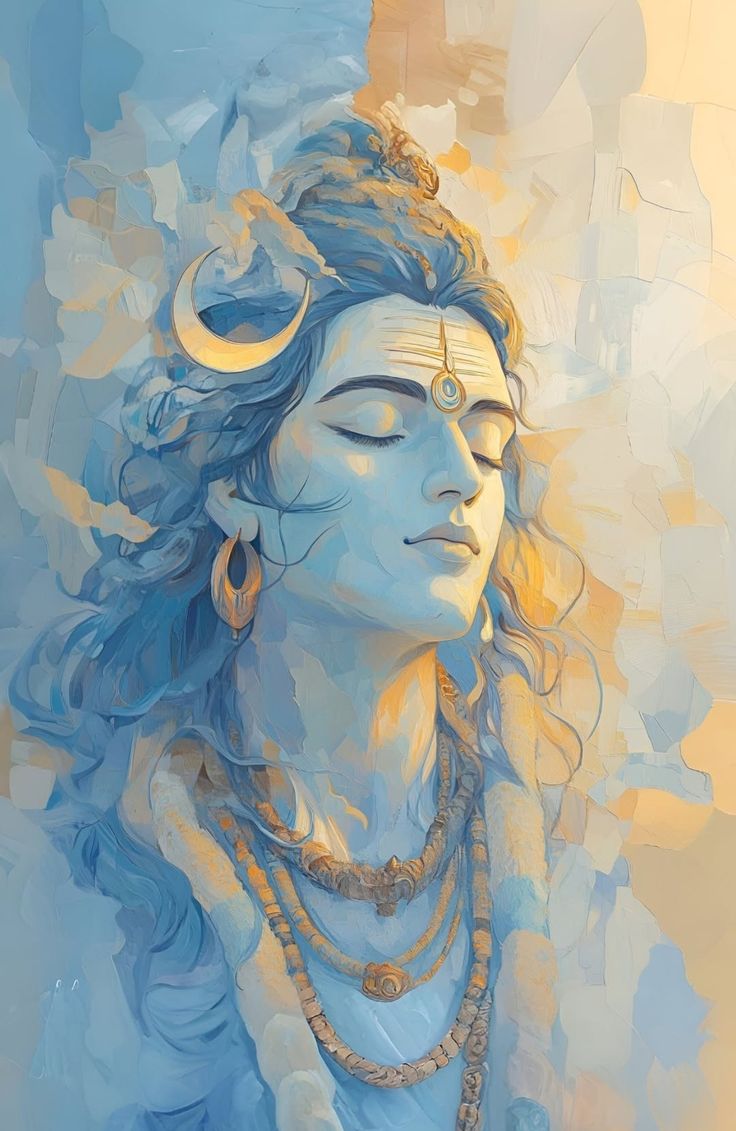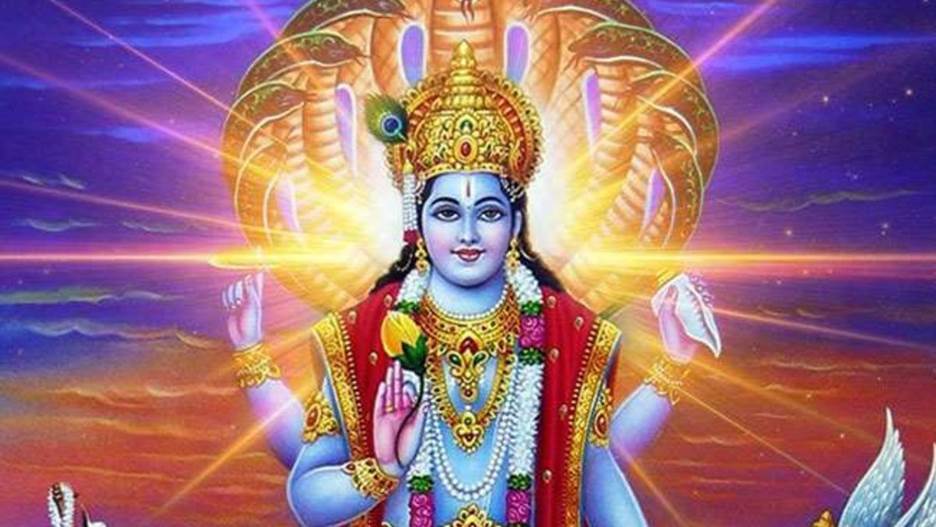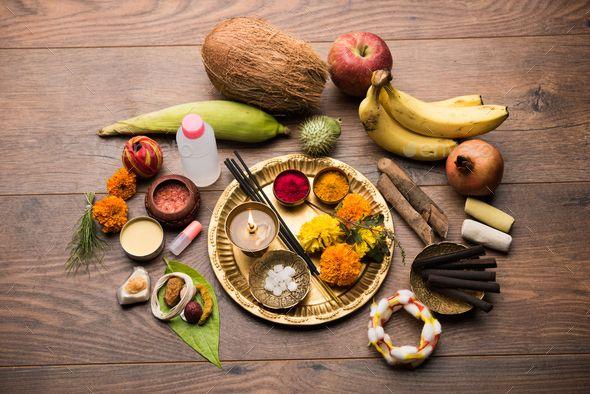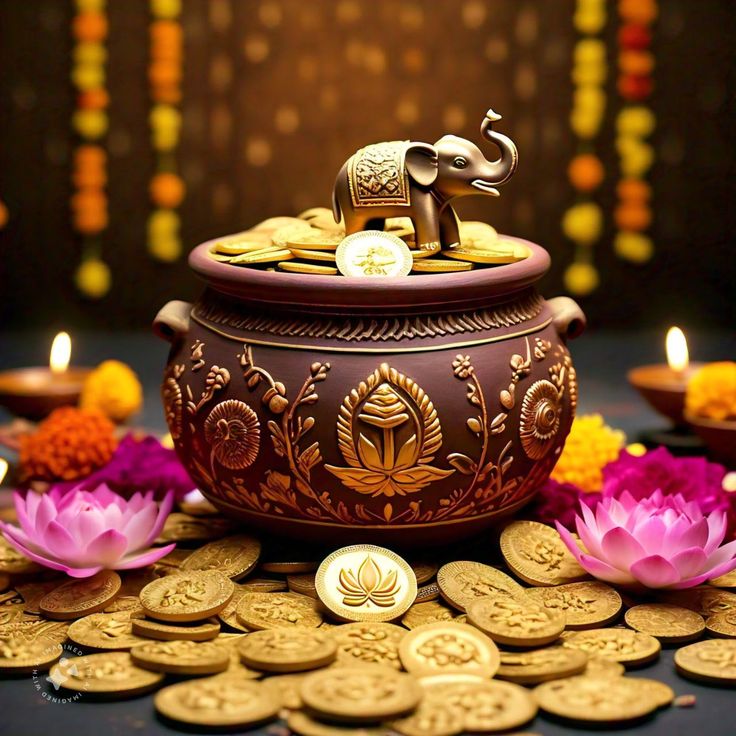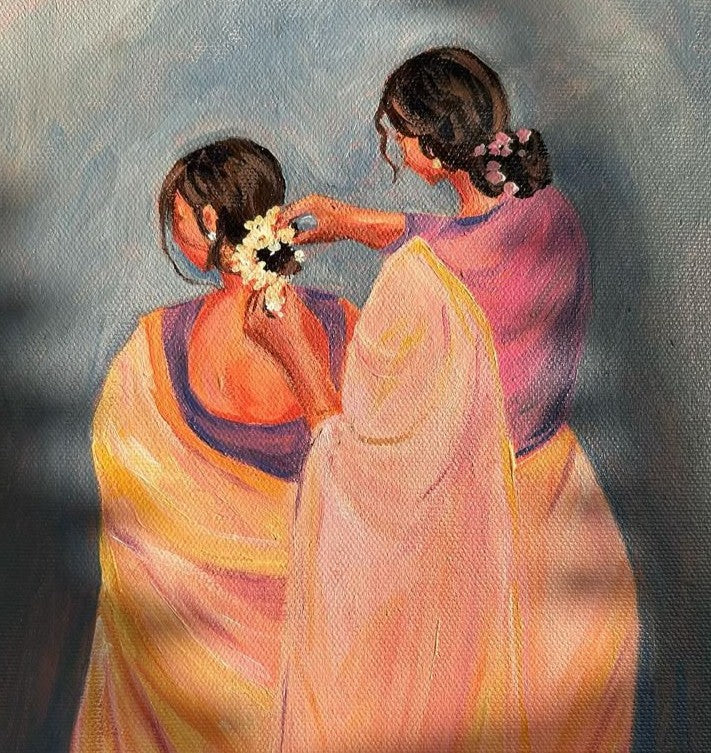The divine marriage of Tulsi Devi and Lord Vishnu — where devotion blossoms into union.
Among all Hindu festivals, few are as symbolic and serene as Tulsi Vivah, the celestial wedding of Tulsi Devi (the sacred basil) and Lord Vishnu in his Shaligram form. This event marks the end of Chaturmas (the four months when Lord Vishnu rests) and the beginning of the wedding season in India.
In 2025, Tulsi Vivah falls on November 2 (Sunday), during Kartik Shukla Ekadashi to Purnima Tithi, and devotees across India will celebrate it at home and in temples with devotion, music, and lights.
🌸 1. The Divine Story Behind Tulsi Vivah
According to the Padma Purana, Tulsi Devi was once Vrinda, the devoted wife of demon king Jalandhar. Her unwavering chastity gave Jalandhar immense power, even against the gods. To restore cosmic balance, Lord Vishnu disguised himself as Jalandhar to break her vow of purity.
When Vrinda realized this, she cursed Vishnu to turn into a black stone — thus the Shaligram Shila was born. Vrinda then immolated herself, and from her ashes grew the sacred Tulsi plant.
To honor her devotion, Vishnu promised to marry her every year during Kartik month — the Tulsi Vivah.
“Where Tulsi and Shaligram are worshipped together, there resides Lakshmi and prosperity forever.”
🪔 2. Why Tulsi Vivah Matters
-
It signifies the union of bhakti (devotion) and karma (action).
-
Ends the Chaturmas period when no auspicious ceremonies are performed.
-
Marks the beginning of marriage season in Hindu culture.
-
Brings peace and prosperity to households and removes Vastu imbalances.
🌿 3. Puja Samagri Checklist
| Item | Purpose |
|---|---|
| Tulsi plant (potted) | Embodiment of Vrinda Devi |
| Shaligram or Vishnu photo | Groom representation |
| Red cloth or saree | Bride’s attire for Tulsi |
| Cotton thread / moli | For tying mangal sutra |
| Kumkum, haldi, chandan | Tilak & decoration |
| Flowers & garlands | Marriage offering |
| Sugarcane sticks (2) | Symbol of stability |
| Fruits & sweets | Naivedya offering |
| Brass diya & camphor | For aarti |
| Small Kalash with Ganga jal | Purification symbol |
💡 Quick Tip: Decorate the Tulsi pot like a bride — drape a red dupatta and adorn with bindi & flowers.
👉 Ready-to-use Puja Box under ₹1,100 includes all items in eco-friendly packaging.
🪷 4. How to Perform Tulsi Vivah at Home
Step 1 – Prepare the Altar
Place the Tulsi plant on a wooden chowki. Position the Shaligram or Vishnu photo on the right side. Decorate with rangoli, diyas, and marigold flowers.
Step 2 – Invoke the Deities
Sprinkle Ganga jal, apply haldi-kumkum to Tulsi and Shaligram. Light a diya of ghee or sesame oil.
Step 3 – The Ceremony
-
Tie a cotton thread between Tulsi & Shaligram as a symbol of union.
-
Recite Vishnu Sahasranama or Tulsi Vivah mantra:
“Om Vrinde Tulsi Devyai Namah” × 108 times. -
Offer flowers, fruits, and sweets as wedding feast.
-
End with camphor aarti and prasad distribution.
💡 Eco Idea: Immerse flowers in a garden pot instead of water bodies.
🌸 5. Mantras to Chant During Tulsi Vivah
-
Om Vrinde Tulsi Devyai Namah – Invocation of Tulsi Devi
-
Om Namo Bhagavate Vasudevaya – Invocation of Lord Vishnu
-
Om Shree Tulsi Vishnu Vivaha Namah – Union mantra
-
Om Namo Narayanaya – Peace & blessing invocation
-
Om Shanti Shanti Shantiḥ – Closing prayer
🌼 6. After the Ceremony
-
Offer sweets to family and neighbors as prasadam.
-
Water Tulsi daily and light a diya at its base every evening for the rest of Kartik.
-
Married couples should circumambulate Tulsi plant 11 times for harmony and longevity.
🌿 7. Regional Traditions
| Region | Unique Custom |
|---|---|
| Maharashtra | Sugarcane mandap and song “Vrindavan Tulsi Vivah Zala.” |
| North India | Miniature wedding barat with shankh & bells. |
| South India | Tulsi Kalyanam in temples with devotional music. |
| Bihar & UP | Prasadam includes poha and gur sweets as naivedya. |
🪔 8. Vastu & Energy Benefits
-
Tulsi balances the Air and Water elements in Vastu.
-
Its fragrance increases oxygen and kills bacteria.
-
Planting Tulsi in the northeast corner brings peace and spiritual growth.
💡 Daily Practice: Light one diya at the Tulsi plant each evening of Kartik month.
🕉️ FAQs
Q1. Can Tulsi Vivah be performed without a Shaligram?
Yes — a photo of Lord Vishnu or Krishna works beautifully with faith.
Q2. Can unmarried people perform Tulsi Vivah?
Yes — it’s said to remove obstacles in marriage and bring divine protection.
Q3. What is the right time to start Tulsi Vivah?
Evening between 6–8 PM during Shubh Muhurat on Ekadashi or Dwadashi Tithi.
Q4. What should be done with decorations afterwards?
Compost flowers and keep Tulsi decor until Kartik Purnima for blessings.
✨ Conclusion
Tulsi Vivah is more than a ritual — it’s a reminder that devotion itself is union.
When Tulsi and Vishnu are wedded, your home becomes a temple — filled with the vibration of faith, love, and light.
Let this union remind you — when faith meets devotion, prosperity flows like a river. 🌿


